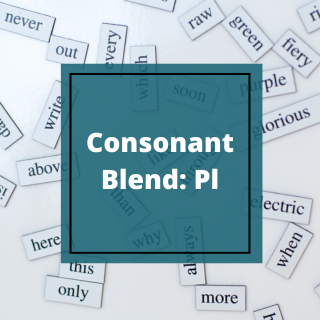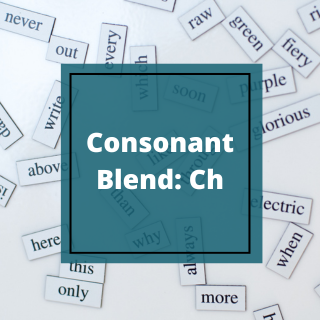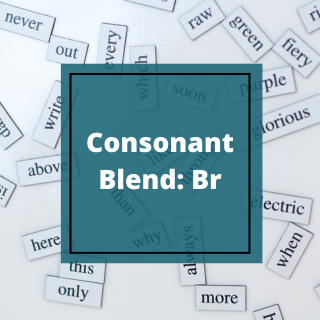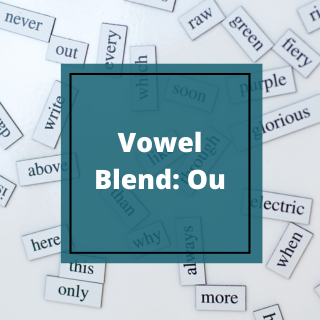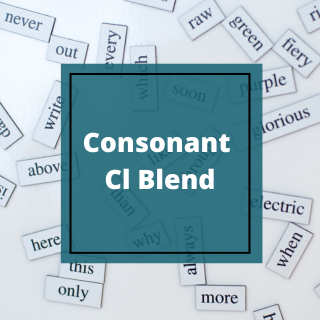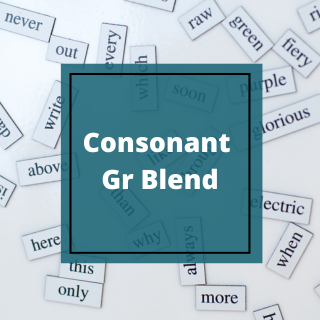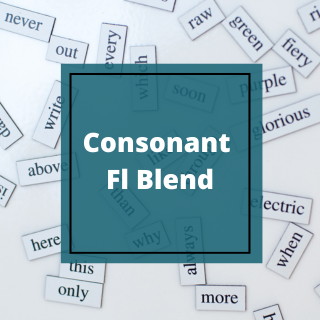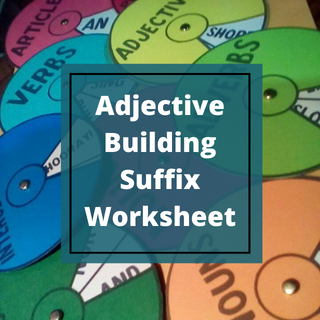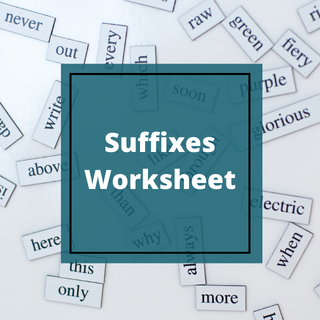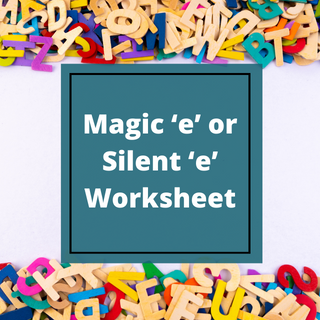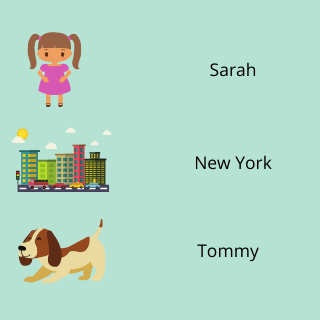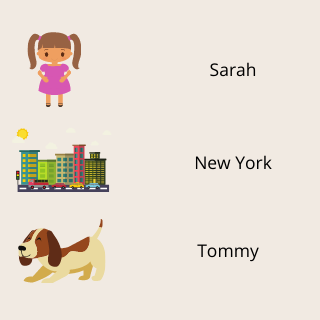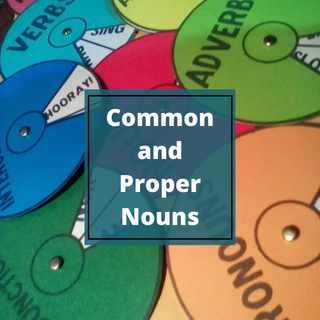
Worksheet
Common and Proper Nouns Worksheet
This common and proper nouns worksheet is designed for children age 6-12 years. It helps the child identify and distinguish between common and proper nouns. It also helps them in forming sentences using them.
What are Common and Proper Nouns?
A common Noun is a generic name of an item in a group.
A proper Noun is a specific name of a place, thing, or person. It always begins with a capital letter.
For example,
- There are books lying on the table.
- December is the last month of the year.
Here, books, table, month, and year are common nouns whereas December is a proper noun.
How to Practice this Common and Proper Nouns Worksheet?
Writing a proper name against the common noun would help the child comprehend the right differentiation between common and proper nouns.
For example, January can be filled as a proper noun against the common noun month.
In this worksheet, when the child would match a proper noun with the right category of common nouns, then an understanding would be created for the categorization of both nouns.
For example, Venus is the right match as a proper noun for the common noun planet.
Coloring differently for both nouns would add some fun for the child. Fill in red color for common nouns and blue color in the cloud that carries a proper noun.
Complete the worksheet to grasp a better understanding of the nouns and also watch the video referred to in the worksheet to understand the concept of a Proper noun and common noun.
Related worksheets
Consonant Blends Ch Worksheet
help the child learn ch blend words and their usage in sentences
View WorksheetConsonant Blends: Br Worksheet
Help the child learn br blend words and their usage in sentences
View WorksheetVowel Blends Ou Worksheet
help the child learn ou blend words and their usage in sentences
View WorksheetConsonant Blends: Cl Worksheet
help the child learn cl blend words and their usage in sentences
View WorksheetConsonant Blends: Gr
help the child learn gr blend words and their usage in sentences
View WorksheetConsonant Fl Blends Worksheet
help the child learn the words starting with consonant fl blends and its usage in the sentences
View WorksheetSuffix Story Worksheet
A Creative and Engaging Worksheet for Crafting Stories with Suffixes.
View WorksheetAdjective Building Suffix Worksheet
Enhance Your Child Writing and Language Skills with Creative Worksheet for Building a Strong Adjective Vocabulary.
View WorksheetSuffixes Worksheet
An Interactive and Engaging Worksheet for Building Vocabulary and Spelling.
View WorksheetMagic ‘e’ or Silent ‘e’ Worksheet
This worksheet helps the child to practice the formation of words with Magic 'e' or Silent 'e'
View WorksheetPrefix Re and Un Worksheet
Help the child practice the usage of Re and Un prefixes in the sentences
View WorksheetNegative Prefixes Worksheet
Help the child to learn how the meaning of the words changes using negative prefixes
View WorksheetCapitalization Practice Worksheet: Capitalization Rule 4
Helps the child learn and practice the application of rule 4 of capitalization
View WorksheetCapital Letters Worksheet: Based on Rule 3
help the child practice which word to capitalize based on its rules
View WorksheetCapitalization Worksheet: Rule 1
Help the child to practice capitalizing first word after full stop
View Worksheet


